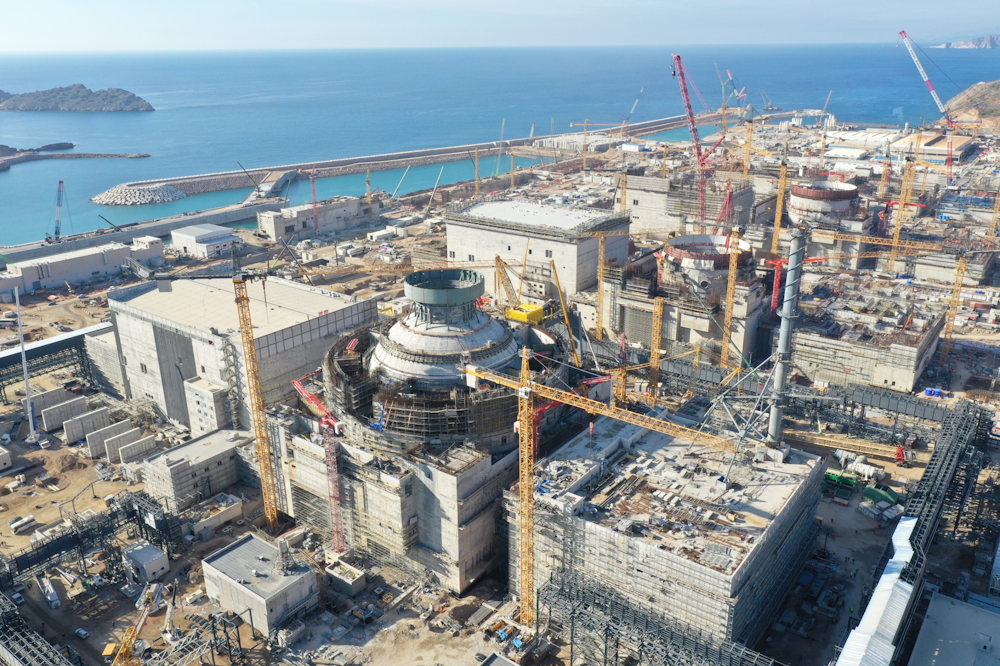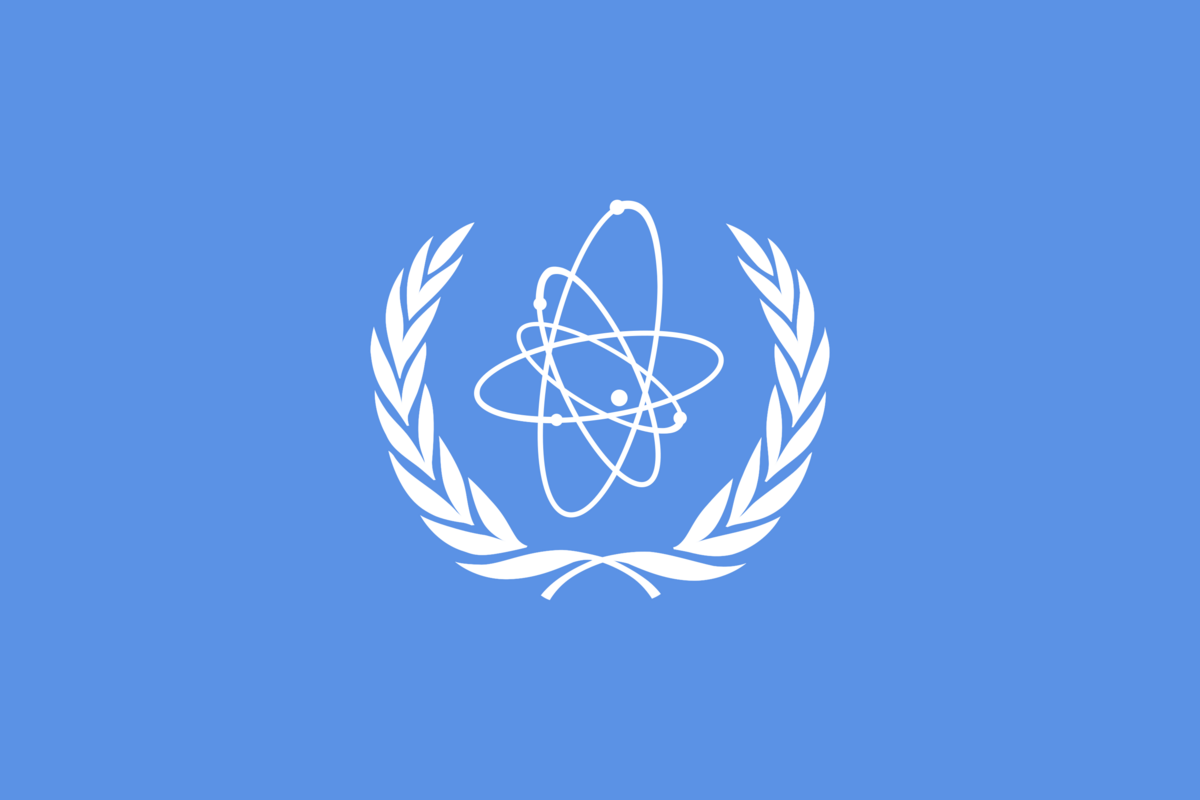IAEA Raises Nuclear Power Projections for Fifth Consecutive Year: Capacity Could More Than Double by 2050
For the fifth year in a row, the International Atomic Energy Agency (IAEA) has revised its projections for the expansion of nuclear power upwards, reflecting the continuous global momentum behind this clean and secure energy source.
The new forecasts were announced by IAEA Director General Rafael Mariano Grossi at the 69th IAEA General Conference in Vienna. The data is contained in the annual report, 'Energy, Electricity and Nuclear Power Estimates for the Period up to 2050'.
High Case Forecast: Capacity to More Than Double
In the IAEA's "high case" projection, global nuclear operational capacity is expected to more than double by 2050, potentially reaching 2.6 times the capacity seen in 2024.
- At the end of 2024, 417 nuclear power reactors were operational, with a total global capacity of 377 gigawatts electric (GW(e)).
- The high case projection sees nuclear electrical generating capacity increase to 992 GW(e) by 2050.
- The low case projection forecasts a 50% rise in capacity, reaching 561 GW(e) compared to 2024 levels.
"The IAEA’s steadily rising annual projections underscore a growing global consensus: nuclear power is indispensable for achieving clean, reliable and sustainable energy for all,” Director General Grossi said.
The Pivotal Role of SMRs
Small Modular Reactors (SMRs) are expected to play a crucial role in this massive expansion:
- In the high case, SMRs are projected to account for 24% of the newly added capacity.
- In the low case, SMRs contribute 5% to the new capacity.
This sustained upward trend is notable. Since the IAEA first revised its annual projections upward in 2021—the first time since the Fukushima Daiichi accident in 2011—the high case estimate has increased by 25% from the 792 GW(e) projected in 2021.
Factors Driving Growth
The projections consider all currently operating reactors, possible license renewals, planned shutdowns, power uprates, and plausible construction projects foreseen over the next few decades.
Low Case Assumptions: Assume current market, technology, and resource trends continue, with minimal changes in laws and policies affecting nuclear power.
High Case Assumptions: Incorporate national intentions and ambitions for expanding nuclear power use. The report emphasizes that this high case projection remains both plausible and technically feasible, noting that the capacity could potentially even exceed this estimate.
To successfully reach or surpass the high case scenario, the report identifies several enabling factors that must be in place:
- Strong national policies.
- Supporting investment mechanisms.
- Robust workforce development.
For the successful and timely deployment of SMRs, in particular, harmonized regulatory and industrial approaches will be necessary, as interest in these smaller reactors continues to build globally.



.jpg)


